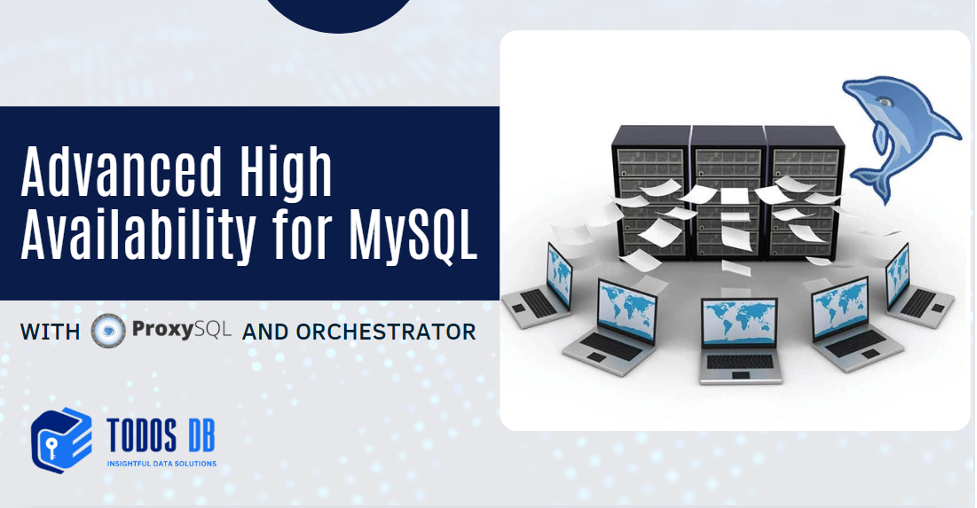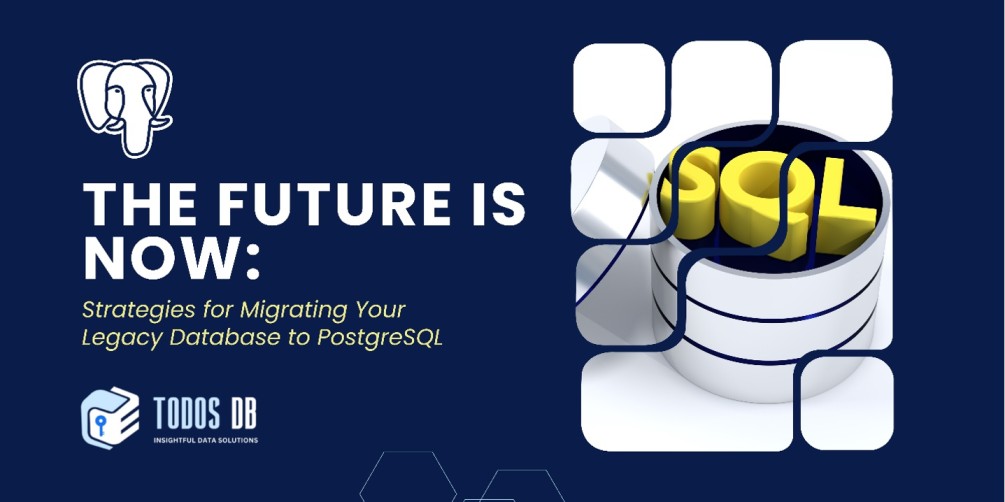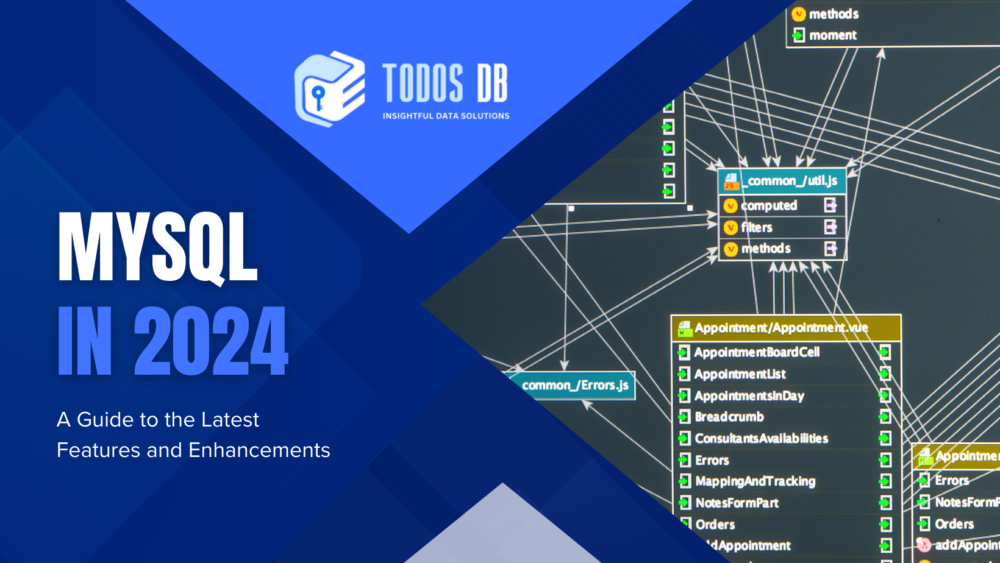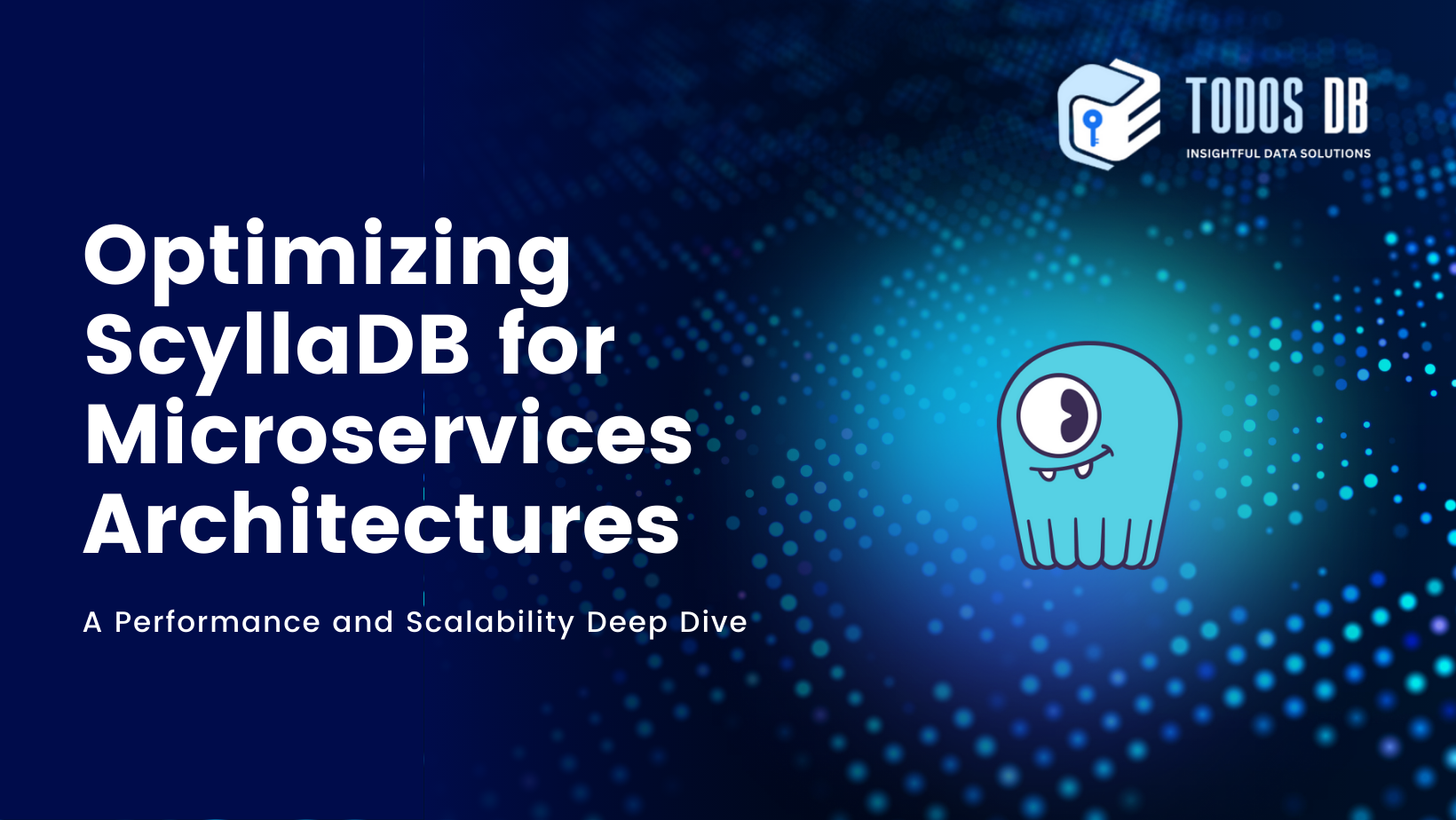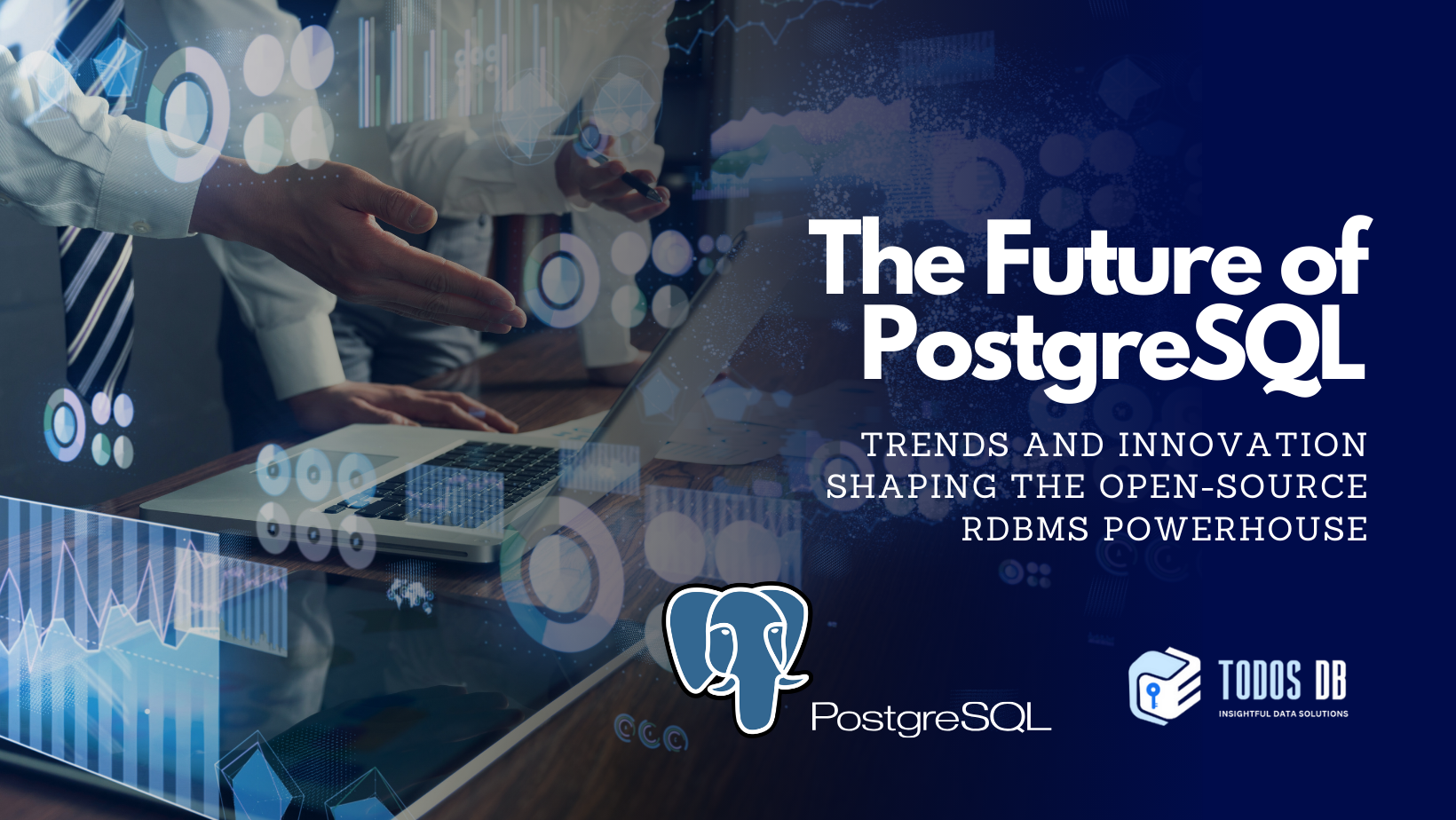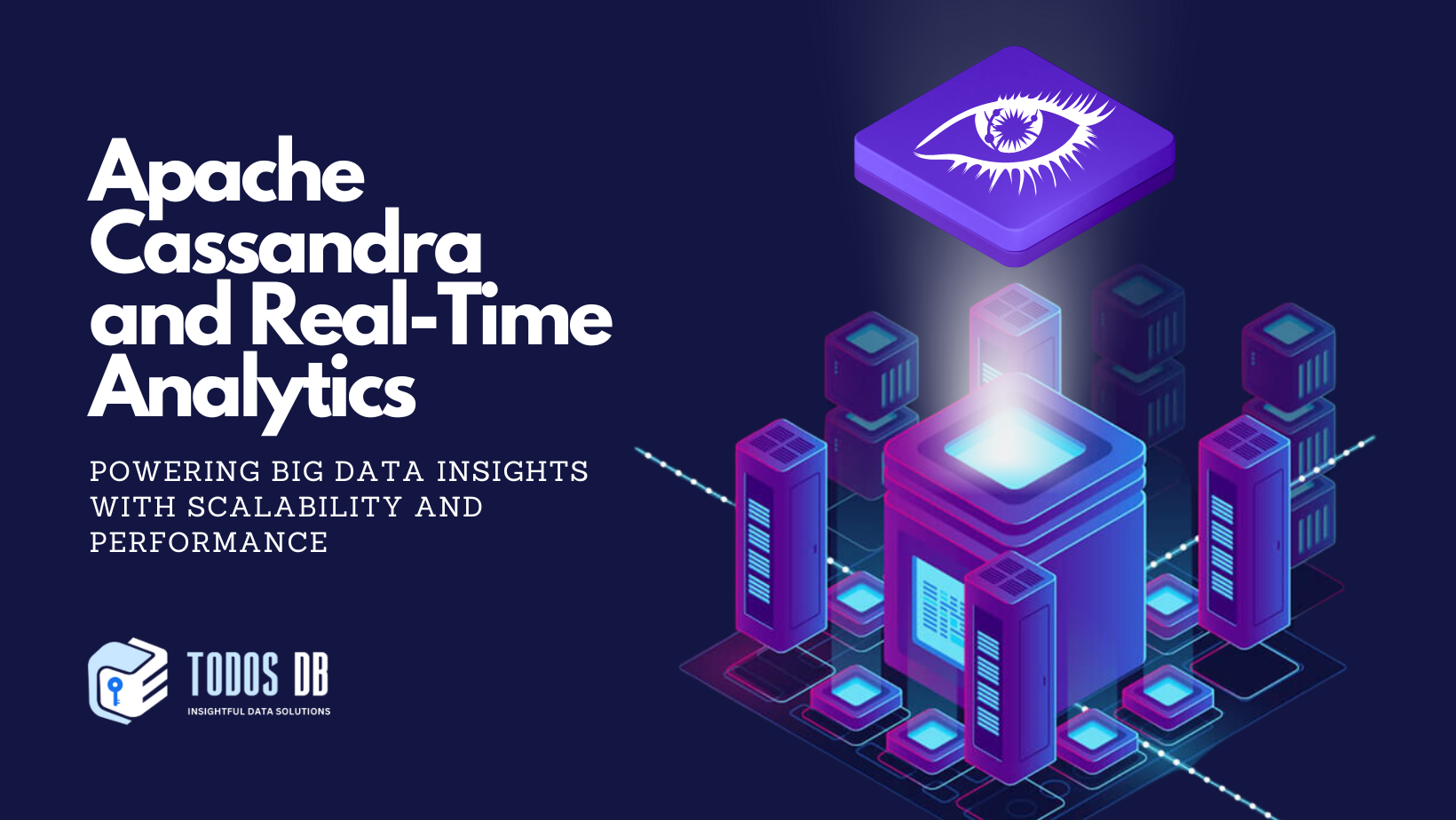High Availability (HA) is critical for ensuring the continuous operation and performance of modern applications. MySQL, a widely used relational database management system, provides replication features to achieve data redundancy and scalability. However, achieving optimal HA requires more than just replication; it necessitates sophisticated tools for load balancing and failover management. In this detailed article, we’ll explore how to set up a robust HA environment using ProxySQL for load balancing and Orchestrator for failover and topology management. This guide covers advanced configuration details, performance tuning, and integration strategies for a seamless HA solution.
Tag: mysql
Revolutionize Your Postgres Schema Changes with pg_osc
Schema changes in a high-volume PostgreSQL database can be critical and challenging. One misstep could lead to an outage, making it essential to handle these […]
A Comprehensive Evaluation of MySQL Deployment Options on AWS: RDS vs. Aurora
This article delves into the intricacies of deploying MySQL databases on Amazon Web Services (AWS), specifically evaluating the two primary managed service offerings: Amazon Relational Database Service (RDS) for MySQL and Amazon Aurora MySQL. By dissecting their architectural underpinnings, performance characteristics, and suitability for various use cases, this analysis empowers database administrators and application developers to make informed decisions when selecting the optimal solution for their MySQL deployments on AWS.
The Future is Now: Strategies for Migrating Your Legacy Database to PostgreSQL
The world of data is constantly evolving. Legacy database systems, once the reliable workhorses of your organization, might be struggling to keep pace with the demands of modern applications and data growth. These older systems can be slow, expensive to maintain, and lack the flexibility needed for today’s agile development environment. Struggling with limited scalability, they can become bottlenecks that hinder application performance and growth. Queries take longer to run, reports become tedious to generate, and managing ever-increasing data volumes becomes a constant battle.
MySQL in 2024: A Guide to the Latest Features and Enhancements
MySQL, the open-source relational database management system (RDBMS) dominating the landscape for decades, continues its reign in 2024. As applications evolve and data volumes surge, MySQL keeps pace by introducing innovative features and enhancements. Here at Todos DB, a leading database consulting and management services company, we’re committed to keeping you informed about the latest advancements in MySQL. This article delves into these key features, empowering you to leverage the full potential of MySQL for your projects in 2024 and beyond.
Optimizing ScyllaDB for Microservices Architectures: A Performance and Scalability Deep Dive
This article delves into the intricacies of optimizing ScyllaDB for microservices architectures. We’ll explore data modeling techniques, query optimization strategies, and best practices for maximizing performance and scalability. Additionally, we’ll discuss considerations for API design, monitoring, and how Todos DB’s database consulting and management services can empower you to harness the full potential of ScyllaDB within your microservices landscape.
The Future of PostgreSQL: Trends and Innovation Shaping the Open-Source RDBMS Powerhouse
PostgreSQL, fondly known as Postgres, is a cornerstone of the open-source RDBMS (Relational Database Management System) world. Renowned for its robustness, extensibility, and adherence to SQL standards, Postgres has carved a niche for itself since its inception in the 1980s. Today, it’s a compelling alternative for organizations seeking a feature-rich and reliable database solution. This article delves into the future of PostgreSQL, exploring the emerging trends and innovations shaping the database landscape.
Apache Cassandra and Real-Time Analytics: Powering Big Data Insights with Scalability and Performance
The digital era is fueled by data, and organizations are struggling to manage the ever-increasing deluge. Real-time analytics has emerged as a critical tool, allowing for immediate insights and informed decision-making. Apache Cassandra, a distributed NoSQL database, plays a vital role in this landscape by providing a scalable and fault-tolerant foundation for real-time analytics.
A Comparative Analysis between MySQL and PostgreSQL
In the intricate domain of database management systems (DBMS), the choice between MySQL and PostgreSQL often presents a conundrum for database architects and engineers. This […]
